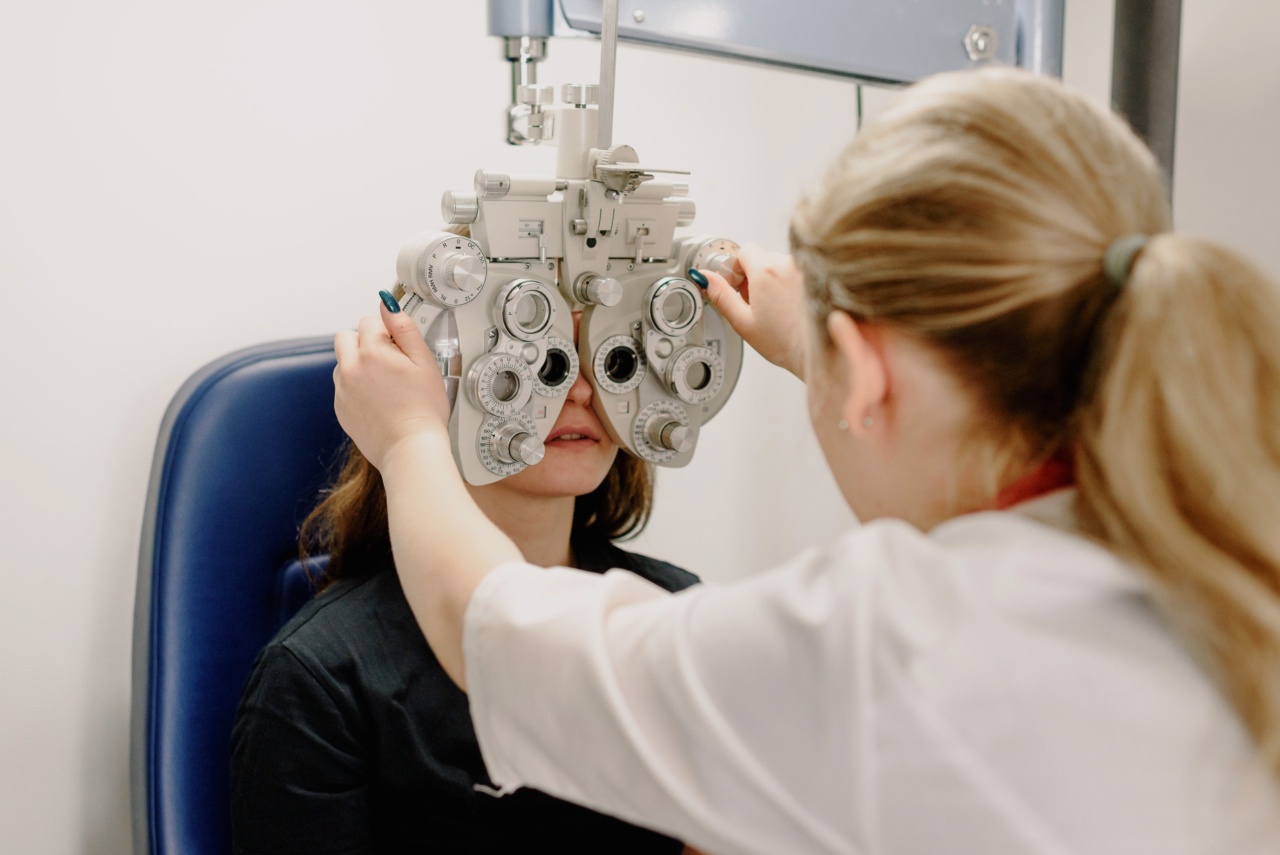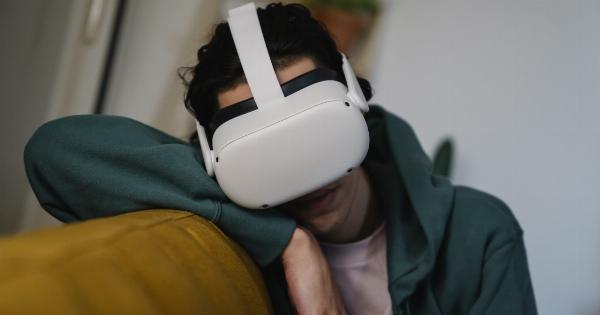Diabetic retinopathy (DR) is a serious eye condition that affects people with diabetes. It is one of the leading causes of blindness worldwide. Early detection and timely intervention are crucial to prevent severe visual impairment.
Machine learning-based diagnosis has emerged as a promising approach in the field of ophthalmology for accurate and efficient DR screening and diagnosis.
Understanding Diabetic Retinopathy
Diabetic retinopathy occurs due to damage to the blood vessels in the retina, the light-sensitive tissue at the back of the eye. High levels of glucose in the blood can lead to changes in the blood vessels, causing them to leak or become blocked.
This damages the retina and impairs vision. The severity of DR varies from mild non-proliferative retinopathy to proliferative retinopathy, which can cause severe vision loss.
The Need for Machine Learning-Based Diagnosis
Traditional methods of diagnosing DR involve manual screening and evaluation of retinal images by human experts. This process is time-consuming, subjective, and prone to errors.
Machine learning algorithms can analyze large datasets of retinal images and accurately detect and classify different stages of DR. These algorithms can provide quick and reliable diagnoses, leading to early intervention and better patient outcomes.
Data Collection and Preprocessing
For machine learning-based diagnosis of DR, a large dataset of retinal images is required. These images can be obtained through various sources, including hospitals, clinics, and research studies.
The images are first preprocessed to remove noise, normalize lighting conditions, and enhance image quality. This preprocessing step ensures that the machine learning models receive clean and standardized data for accurate analysis.
Feature Extraction
Once the retinal images are preprocessed, various features are extracted to represent different aspects of the image. These features can include structural characteristics, texture patterns, blood vessel anomalies, and more.
Feature extraction is a crucial step as it helps the machine learning models to learn distinctive patterns and make accurate predictions. Several feature extraction techniques, such as histogram of oriented gradients (HOG) and wavelet transform, are commonly employed in DR diagnosis.
Machine Learning Algorithms for DR Diagnosis
Multiple machine learning algorithms can be utilized for DR diagnosis.
Supervised learning algorithms, such as support vector machines (SVM), random forests, and deep learning models, have shown promising results in accurately classifying different stages of DR. These algorithms are trained on labeled datasets and learn to identify patterns and features that distinguish healthy retinas from those affected by DR. The trained models can then be deployed for automated diagnosis of retinal images.
Evaluation and Validation
Once the machine learning models are trained, they need to be evaluated and validated to ensure their accuracy and reliability.
Evaluation metrics such as sensitivity, specificity, and area under the receiver operating characteristic curve (AUC-ROC) are commonly used to assess the performance of the models. Cross-validation techniques, such as k-fold validation, can be employed to ensure robustness and generalizability of the models.
Challenges and Limitations
While machine learning-based diagnosis of DR offers great potential, it also faces certain challenges and limitations. One of the major challenges is the availability of high-quality and diverse retinal image datasets.
The scarcity of labeled datasets with different stages of DR makes it difficult to train accurate models. Furthermore, the interpretability of machine learning models is often limited, making it difficult to understand the underlying reasons for a particular diagnosis.
Future Directions
The field of machine learning-based diagnosis of DR is continuously evolving with advancements in technology.
Future research aims to overcome the limitations by collecting larger and more diverse datasets, developing interpretable models, and improving the efficiency of diagnosis. Integration of artificial intelligence and machine learning algorithms with telemedicine platforms can enable remote screening and diagnosis, making DR detection and treatment more accessible to underserved populations.
Conclusion
Machine learning-based diagnosis of diabetic retinopathy has the potential to revolutionize the field of ophthalmology. By leveraging large datasets and powerful algorithms, accurate and efficient screening and diagnosis of DR can be achieved.
Early detection and intervention can prevent severe vision loss and improve patient outcomes. Further research and collaborations are needed to address the challenges and realize the full potential of machine learning in the battle against diabetic retinopathy.

























